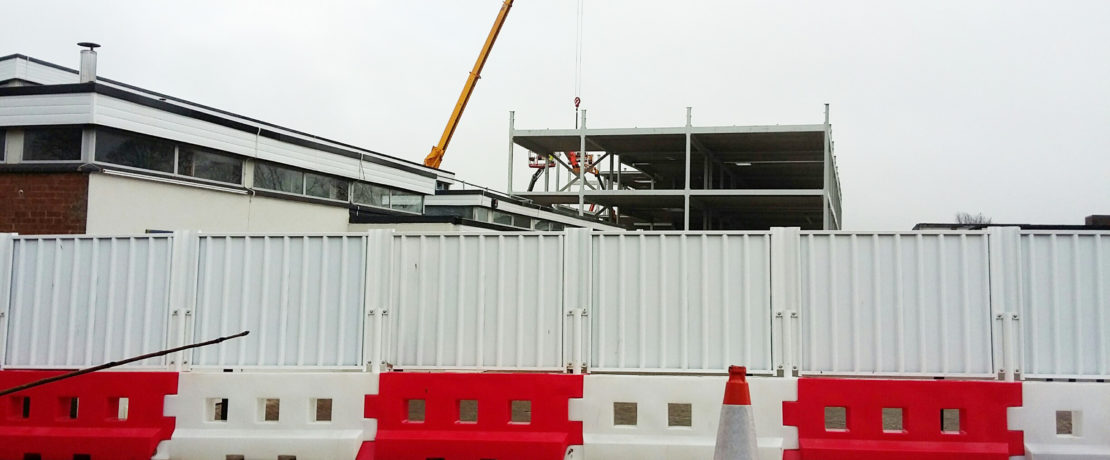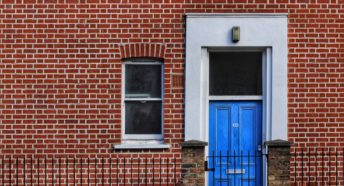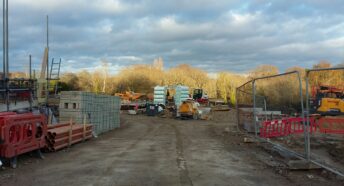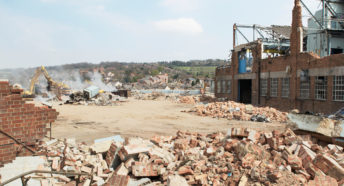An introduction to brownfield, the land that’s ripe for recycling
At CPRE we talk about brownfield a lot, but what do we mean, and why do we think this is so important?
Here’s our short guide to brownfield land, and why it can form an essential part of future development and meeting housing need across the country.
What is brownfield, and why should I care?
Brownfield land is previously developed land that’s now unused or underutilised. This might be a disused industrial estate or a commercial site or an old excavation site. It’s land that has been built on before.
Brownfield matters because it’s potential space for a huge amount of housing. Building on brownfield land directly reduces the amount of countryside that’s lost to development, meaning more green spaces and more space for nature to thrive.
Regenerating and renovating brownfield land can breathe new life into areas most in need. It’s the building equivalent of recycling. It’s better to use re-use land that’s been developed before than to unnecessarily concrete over pristine countryside.
Hertfordshire is a relatively small county and land is at a premium. We’re also becoming increasingly aware of the indisputable importance of the countryside, not only for our physical and mental wellbeing but for nature, biodiversity and the climate. So, logically, it’s more vital than ever that we use land wisely, prioritising brownfield and protecting greenfield.
So then, what’s greenfield?
In contrast to brownfield land being defined as ‘previously developed land’, it follows that greenfield land is defined as ‘land that’s not yet been built on’. And it’s generally better to build on brownfield land ahead of greenfield land (‘brownfield-first’). There can be big benefits to developing on brownfield land. These sites are often close to where people already live and work, and where community infrastructure is already in place. And there are additional benefits from leaving greenfield sites alone to do what they do best: supporting nature and biodiversity, producing food, providing space for people’s wellbeing and recreation, and helping to mitigate climate change.
Brownfield’s potential: land waiting to be unlocked
Brownfield land could provide an enormous number of homes – including the truly affordable homes that are so desperately needed by our local communities – while allowing the countryside and nature to thrive. In fact, CPRE’s research shows that there’s capacity for well over a million homes on brownfield land, and that’s a conservative estimate.
Having more homes that local people can actually afford is vital. So, whilst there is brownfield land available, why not use it?
Brownfield registers: on the hunt for hidden land
Brownfield registers were first introduced in 2017. These registers require local planning authorities to provide a consistent, updated list of sites that they think are appropriate for development. The registers act as a ledger of land identified as being suitable for new housing once their environmental, amenity and heritage value have been factored in.
The introduction of these registers has given much more clarity and insight into the current state of the brownfield land that’s out there. Now that we know about the land already available for building homes, a strong brownfield-first approach becomes even more sensible.
Why isn’t brownfield being used for new homes?
So… if brownfield land can provide space for over a million homes, why isn’t it being used?
Firstly, the identification and subsequent analysis of brownfield sites can be difficult for local authorities – although the registers help with this.
Secondly, regenerating and redeveloping brownfield land can be less profitable to the developer than building on greenfield land. There can be extra costs attached to building on brownfield – such as cleaning the site, if it used to be a factory for example – and at the moment it’s too tempting for housebuilders to avoid these sites and go for ‘easier’ greenfield options.
So what are we doing to promote the use of brownfield?
We have a long history of campaigning in favour of developing brownfield land, and that’s not changing. We try to influence the local authorities throughout Hertfordshire to have a ‘brownfield first’ approach to development within their Local Plans. Our volunteers keep their eagle eyes out to identify brownfield land, and we encourage local people and communities to do this too.
Anyone can contact their own local authority to point out a site or piece of land to be added to the brownfield register. Our toolkit is available to help with this, but it doesn’t have to be complicated, just sending an email will do.
The more brownfield sites are identified and added to the brownfield register, then the more capacity there is for developing this land first, and leaving the countryside and greenfield sites alone for the benefit of both nature and people.
Want to be a part of our work promoting recycling land? You can support us with a donation to keep us calling on the government to make brownfield-first the default, or become a member to stay up to date with our work and help protect the Hertfordshire countryside for everyone.







